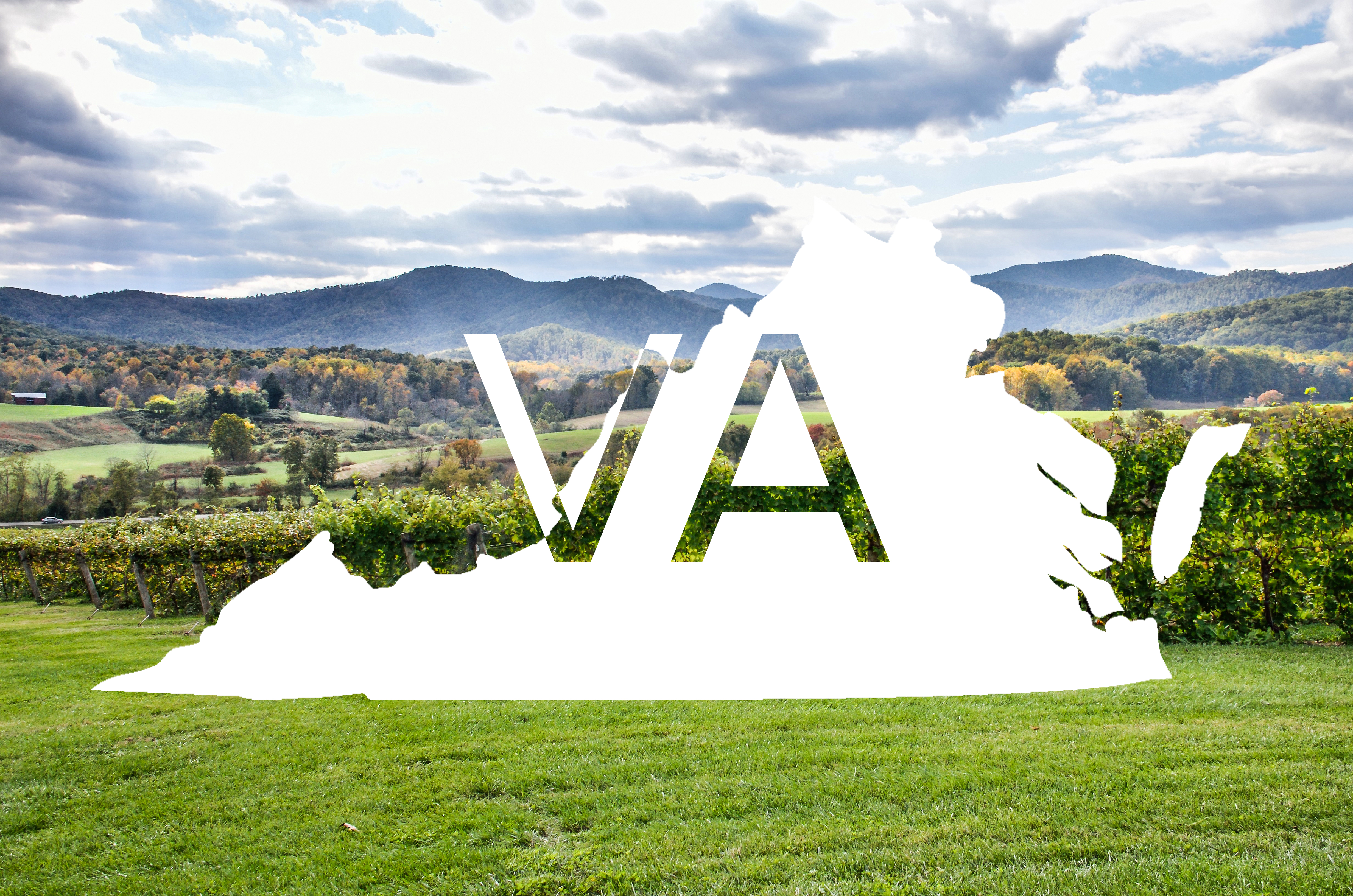Let’s talk a little about the history of wine in the Commonwealth of Virginia.
Settlers in Jamestown had such high hopes for Virginia to become a large source for British wine consumption that a law was signed into effect in 1619 requiring each male settler to plant and tend to at least 10 vines. Uncertain why they were losing their crops, the tobacco trade decidedly took over. The reason for abandoning vines as a crop was due to the plants being of the Vitis vinifera variety and being stricken with Phylloxera which was unknown to the settlers at the time.
For a long period of time, interest in wine in the commonwealth diminished as they could be acquired via importers, and domestically cider, beer, whiskey, and brandy were available in abundance.
In the 1800s native American species of grapes had seen some success with winemaking, and by the late-1800s Virginia wines were winning awards in the Vienna World’s Fair and Paris World’s Fair. Just as soon as the answer to Phylloxera appeared to give a well needed rise to the Virginia wine market, prohibition settled in and brought everything to a screeching halt.
After the repeal of prohibition, Virginia was slow to rebound with around 15 acres of vines close to 20 years after the repeal of prohibition.
In 1995 the state had 46 wineries, a drop in the bucket in comparison to California. Currently the state has well over 200+ wineries and is finally seeing the rebound and boost to the commonwealth’s wine industry it long needed and deserved. The state currently has 7 recognized AVAs: Middleburg, Monticello, North Fork of Roanoke, Northern Neck George Washington Birthplace, Rocky Knob, Shenandoah Valley, and Virginia’s Eastern Shore.
Vitis vinifera currently makes up about 3/4 of the states wine production with the remaining 1/4 being largely French-American hybrids and a small amount of native grapes. Recognizable grapes from the commonwealth that comprise the majority of plantings are Chardonnay, Cab Franc, Merlot, Viognier, and Vidal Blanc.
If you are visiting the Commonwealth of Virginia in the future, virginiawine.org has a great winery finder. Just enter the winery name or city you will be in and it will search for surrounding wineries for you. We recommend the Williamsburg Winery in Williamsburg, the vicinity of the winery puts you close to very historical areas and sights, the reserve level wines are absolutely worth checking out, and if you’re a fan of a screaming deal (as we are) and love Northern Rhône reds, the Susan Constant Red is perfect for you.

